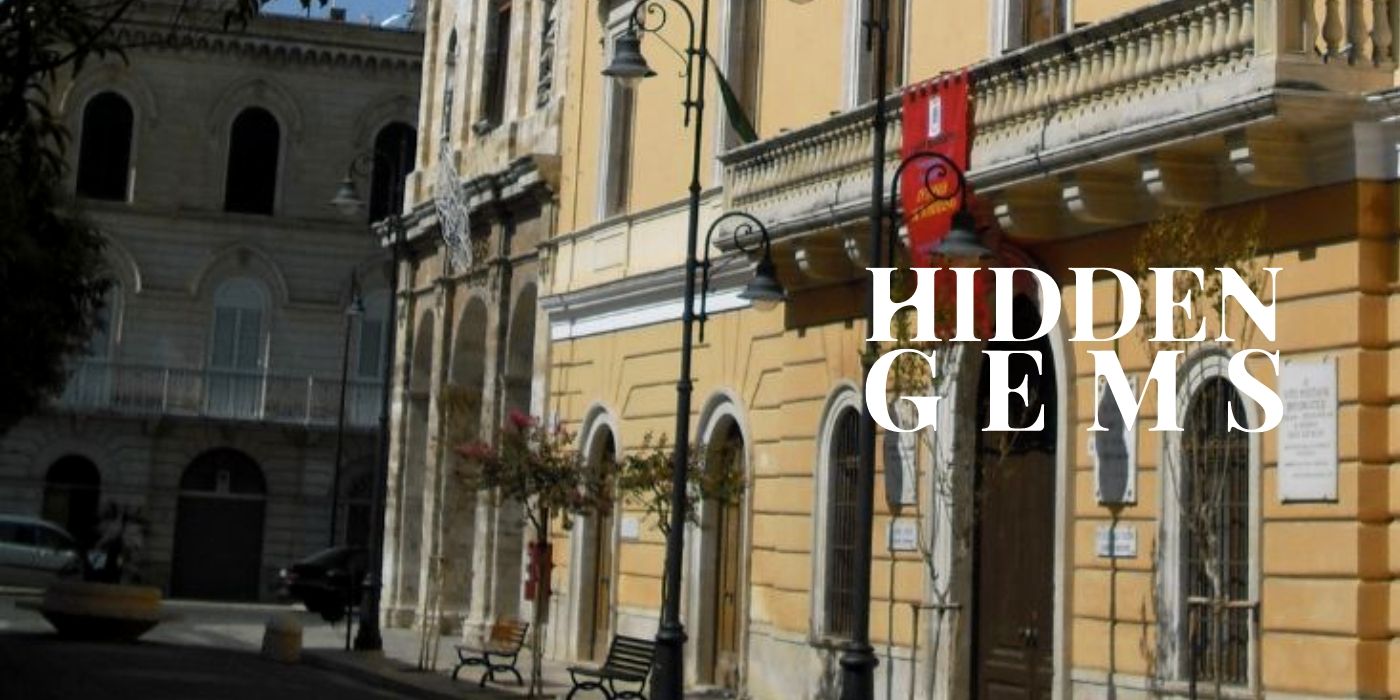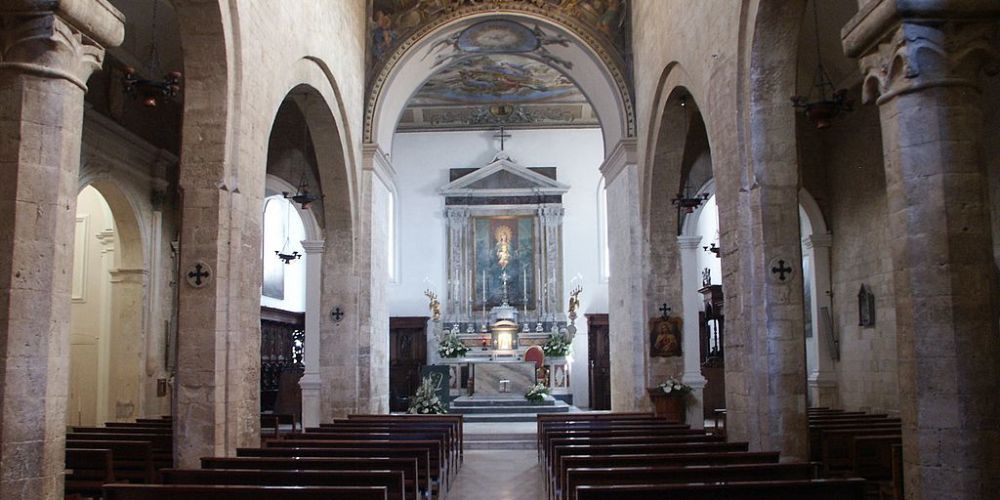Noicattaro is one of the many characteristic villages of Apulia around the area of Bari which surely deserve a visit discovering places that tell about traditions made of history and religious folklore.
In particular, Noicattaro is one of the most interesting places to visit especially during Easter Holy Week, characterised by the traditional processions at the numerous churches in the town and by the cult and devotion rites related to the so-called crucifers.
Among the greatest prides of Noicattaro there is also the popular acknowledgement as the capital of grapes, especially for what concerns the Apulian varieties, typically sweet and large and exported throughout Europe.
Do you want to discover Noicattaro with us? Let's get started then!

Visit Noicattaro: a village plenty of churches and historic buildings
A few kilometers away from the Adriatic coast and from Bari, the regional capital and one of the trendiest cities for international tourism, Noicattaro is a perfect destination to include in your travel itinerary in Apulia.
So, let’s go on a journey to discover Noicattaro! This village has an interesting historical and cultural heritage, visible especially through the numerous churches and palaces in the city, as well as through the typical Apulian rural landscape characterized by vineyards and many farms.
One of the most fascinating features of Noicattaro is its historic center built in the shape of a heart and gathered around the mother church. But this Apulian village has much more to tell its tourists: discover with us the most beautiful attractions to visit in this hidden gem!
Churches in Noicattaro
Noicattaro has a very strong tradition related to the Catholic religion, as made clear by the numerous churches to visit in the village. Which are the most beautiful to visit?
Let's start right away from the Collegiata of Santa Maria della Pace, the main church of Noicattaro as well as the oldest. This building was in fact built in the Middle Age, between the twelfth and thirteenth century in the Apulian Romanesque style - the same as the much better known Basilica of St. Nicholas in Bari - and represents the heart of the historic center which it dominates with its bell tower about 33m tall. The outside of the church is simple and clean, but inside there is a suggestive environment, full of artistic and architectural beauties such as the columns and their carved tops, the frescoes and sacred paintings and the coloured wooden crucifix of the fifteenth century.
Moving towards Piazza Umberto I it is possible to visit the church of Maria Santissima Immacolata, originated in the eighteenth century and built in Baroque style, very interesting and evocative above all for the beauty of the marbles on its facade. Inside, among the frescoes and the Baroque altar, are saved the simulacrums of St. Lawrence and St. Cosmas and Damian too.
The church of Madonna della Lama is definitely worth a visit too, especially for art lovers. In fact, many works of art are kept inside this seventeenth century building, including the pictures made by the Noicattaro artist Giuseppe De Mattia picturing the Martyrdom of St. Agata and the Holy Family, a painting of the Virgin Mary and many statues dedicated to the passion of Christ - it is not only a coincidence that Easter in Noicattaro is a solemn moment in local folklore.
We recommend you take a look at the small country church of Santa Maria Incoronata, outside the town. This small church stands out with its white color among the green countryside and is one of the favorite Noicattaro people’s destinations to visit on Easter Monday.
Worthy of attention is the church of Carmine too, just outside the historic center of Noicattaro, a beautiful Baroque building famous for the lightning that destroyed part of its bell tower in 1910.
The historic buildings of Noicattaro and Piazza Dossetti
In addition to the churches, safe places for the religious tradition of the village, in Noicattaro there are also many historic buildings to admire which tell about the history of the local society.
One of these is Palazzo della Cultura, a former Carmelite convent, characterized by an elegant neoclassical facade and now serving as an art gallery which houses modern and contemporary art, both local and from the rest of Italy, as well as a collection of archaeological finds.
You also shouldn't miss Palazzo Ducale, also known as Castle of Noja, used in the eighteenth century as the residence of the nobles of the Carafa family, very influential in the Noicattaro area. However, the origins of the building are much older, leaving clear traces of the presence of a real defensive fortress in the Norman age such as the large moat and the ruins of the tower.
However, Noicattaro is not only a place to admire and be fascinated by the past, but also a village with a pop soul. In particular, Piazza Dossetti is among the places that light up the town's evenings and holidays with concerts, shows and events, especially during the summer.
Easter Holy Week in Noicattaro between processions and rituals of religious folklore
The traditions characterizing the Holy Week in Noicattaro are among the most fascinating in Italy, to witness that religious folklore that distinguishes this Apulian village.
Holy Thursday is the most evocative of Noicattaro’s Easter, characterized by the lighting of a large good luck bonfire in the churchyard of the Madonna della Lama and by the procession of the crucifers, mysterious figures dressed in black clothes with hoods, barefoot and with the iconic crown of thorns on their heads. The ritual of the crucifers is very intense and represents the passion of Christ: in fact, these people drag large wooden crosses through the streets of the town, wearing an iron chain at their feet and symbolically undergoing the scourge of Jesus.
The days of Friday and Saturday are instead dedicated, respectively, to:
- the procession of the Naka, a dialect word that means the deathbed of Jesus;
- then to the procession of the Addolorata, a suggestive habit that takes place at night only in the light of a few candles as a sign of mourning;
- finally, the traditional procession of the Mysteries marks the arrival of Easter and the celebrations.
Do you want to visit Noicattaro? We suggest you to come over here during Holy Week to witness these beautiful traditions live and enjoy a wonderful spring break in Apulia!
About the author
Written on 31/03/2023







Massimiliano Antonio Primi
Near Bari there's a village plenty of history where religious culture has left a mark in the local tradition, especially at Easter: that’s Noicattaro.